Only 874 cars were set ablaze in France on New Year’s Eve this year, authorities said on Saturday, in a decline attributed to the coronavirus pandemic.
The much-lamented tradition appeared on the decline as pre-pandemic New Year’s Eve 2019 saw revelers set 1,316 vehicles on fire, Interior Minister Gerald Darmanin said in a statement posted on Twitter.
Authorities are attributing the decline to a beefed-up police presence of 95,000 officers in the capital Paris and across the country on New Year’s Eve, as well as restrictions on public gathering due to the omicron surge.
Last year, France’s coronavirus lockdown meant there were no statistics available for 2020.
A controversial tradition
The French practice of setting cars on fire at the start of the new year dates back to the 1990s in the region around Strasbourg in the eastern part of the country.
Youths in primarily lower-income neighborhoods began the practice in earnest in the 90s, where it then spread as a sign of protests.
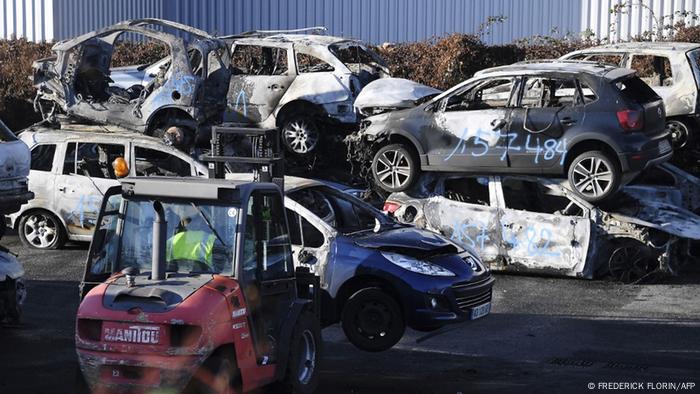
City employees in Strasbourg stack the remains of burned-out cars on January 1, 2022
During protests in housing projects across France in the fall of 2005, police said nearly 9,000 vehicles were torched during political unrest.
A variety of reasons are given for car burnings in France, from rebellious youths, to a desire to cover up criminal acts, as well as false insurance claims.
ar/rs (AP, dpa)
-
Strasbourg – at the heart of Europe
Capital of Alsace
From the cathedral to the tanners’ quarter all the way to the modern architecture of important European institutions: The French regional capital of Alsace boasts many attractions, here are our favorites.
-
Strasbourg – at the heart of Europe
Strasbourg Cathedral
The cathedral is the symbol of the city and reflects its Franco-German history. Constructed by German cathedral master builders such as Erich von Steinbach and Ulrich Ensinger between the 12th and 15th centuries, the Romanesque-Gothic church was regarded as mankind’s tallest building until 1847.
-
Strasbourg – at the heart of Europe
Kammerzell House
One of the best-known buildings in Strasbourg is Kammerzell House on the Muensterplatz cathedral square. It dates from the 15th century and is considered an outstanding example of profane late Gothic architecture. With its characteristic wood-carved façade, the building now serves as a hotel and restaurant.
-
Strasbourg – at the heart of Europe
La Petit France
Many half-timbered houses and lots tourists can be found in the La Petite France district – the so-called tanners’ quarter. Because of its important historical buildings, the medieval old town as well as the new town, dating from the 19th century, are part of the UNESCO World Heritage Site.
-
Strasbourg – at the heart of Europe
Ponts Couverts
The ensemble of towers and bridges over the Ill River dates from the early 13th century. Although the wooden roofs over the bridges, which were supposed to protect the city’s defenders in wartime, have long since disappeared, the name Ponts Couverts has remained.
-
Strasbourg – at the heart of Europe
Place Gutenberg
Until the end of the Thirty Years War, Strasbourg was a free imperial city within the Holy Roman Empire of the German Nation. A square and a statue are dedicated to an early famous guest to the city. Johann Gutenberg, the inventor of modern letterpress printing, lived here from 1434 to 1444.
-
Strasbourg – at the heart of Europe
Palais Rohan
The former town residence of the prince-bishops is considered a baroque masterpiece. Since the end of the 19th century, Palais Rohan has housed the Museum of Fine Arts, the Museum of Decorative Arts and the Archaeological Museum. One of the archaeological treasures is the sandstone bust of the Roman Emperor Caracalla found in Strasbourg in 1950.
-
Strasbourg – at the heart of Europe
Tomi Ungerer Museum
In 2007 the city of Strasbourg dedicated a building to one of its most famous contemporary sons: The documentation center Tomi Ungerer. As a graphic artist and writer, he sees himself above all as a committed Alsatian and European. Ungerer, who commutes between Ireland and Strasbourg, has left a large part of his works to his hometown.
-
Strasbourg – at the heart of Europe
Strasbourg Museum of Modern and Contemporary Art
Completed in 1998, the museum houses masterpieces of European modernism from Max Ernst to Auguste Rodin. The contemporary art collection also includes an exhibit of new German painters from Georg Baselitz to Jonathan Meese. The photographic department also offers an extensive collection from the beginnings to the present.
-
Strasbourg – at the heart of Europe
European Parliament
The European Union’s Parliament building, which has been convening here since 1999, makes Strasbourg a European capital. Right next door are the European Court of Human Rights and the Council of Europe. All of these can also be seen quite comfortably from a boat. The Ille River links the historic city center with the European institutions district.
-
Strasbourg – at the heart of Europe
Passerelle des Deux Rives
Representative for the many connections between Germany and France is the Passerelle des Deux Rives – the bridge of the two banks – on which pedestrians and cyclists can cross the border. The bridge over the Rhine, which opened in 2004, is part of a cross-border park that connects the French city of Strasbourg with the German city of Kehl.
Author: Andreas Kirchhoff
France logs decline in torched cars on New Year’s Eve
Source:
Pinoy Pop News

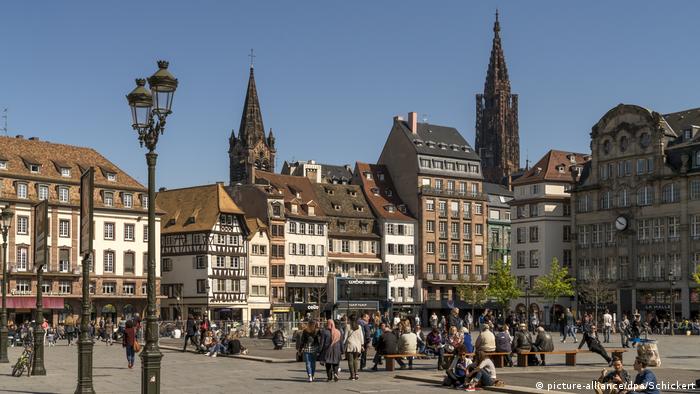
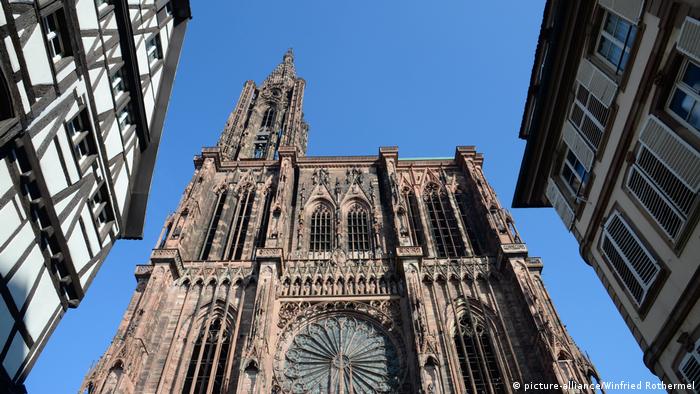
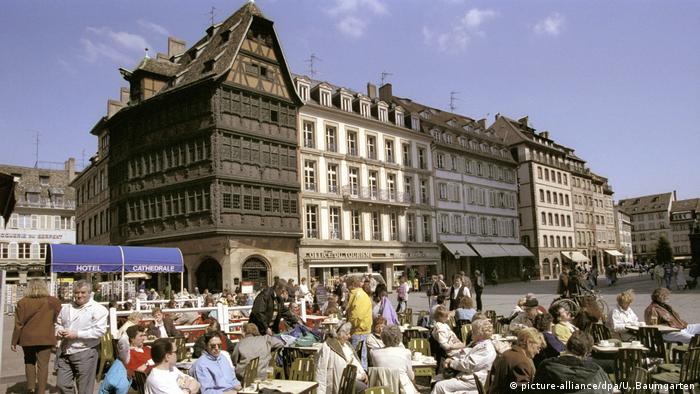
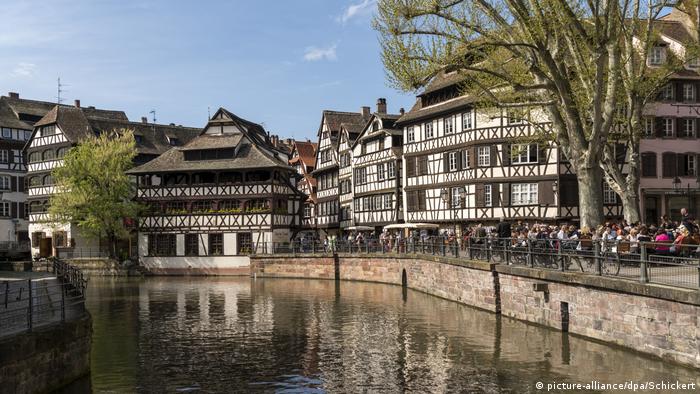
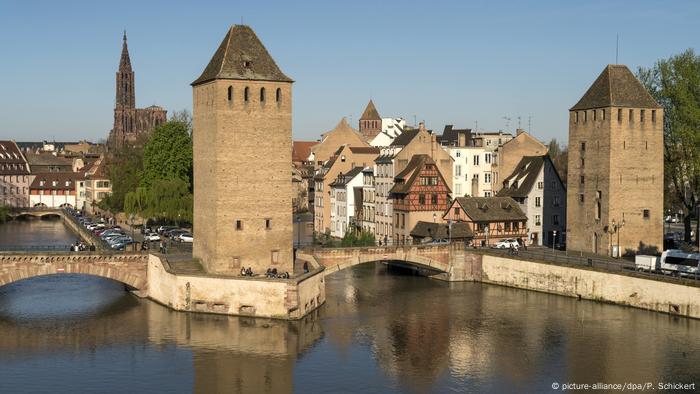
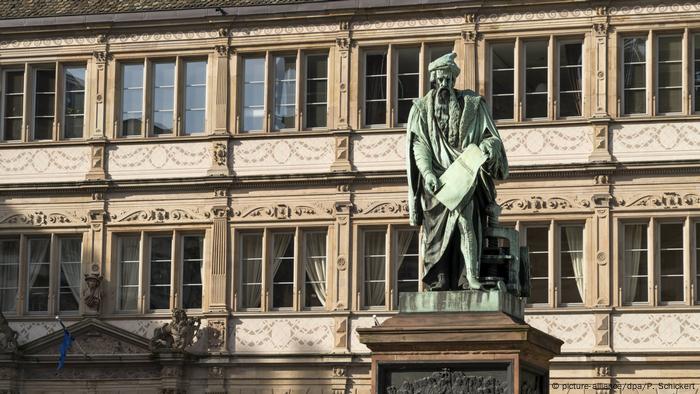
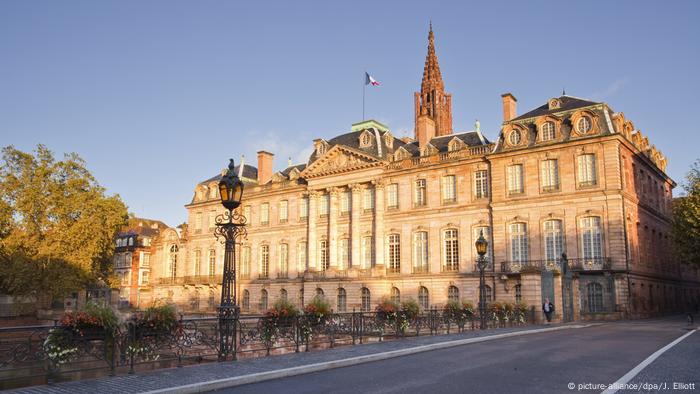
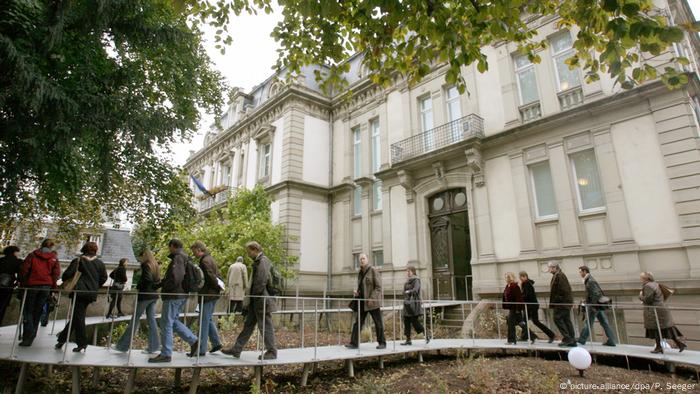
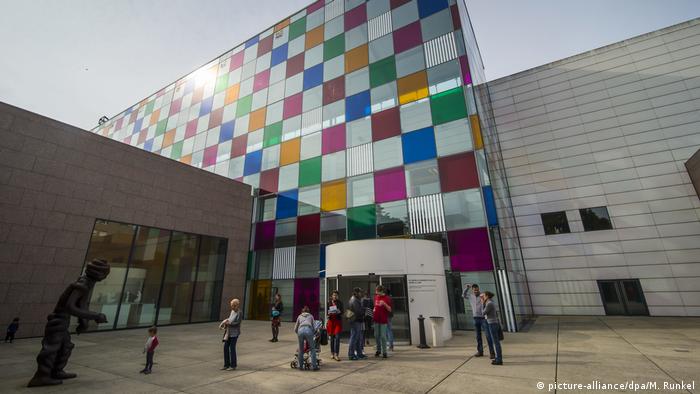
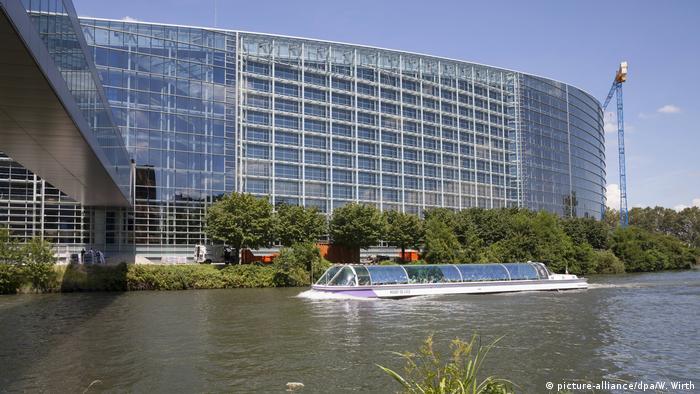
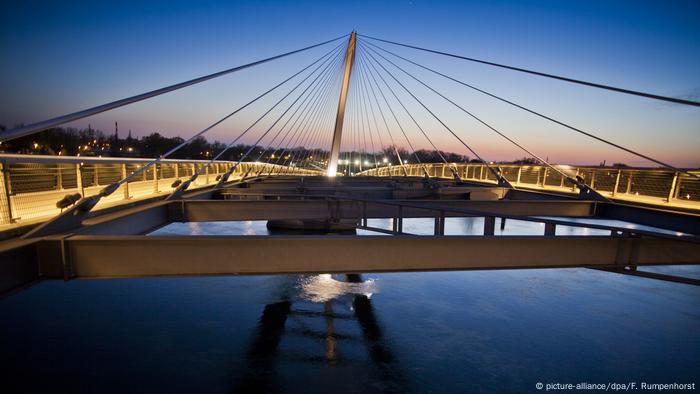
0 Comments